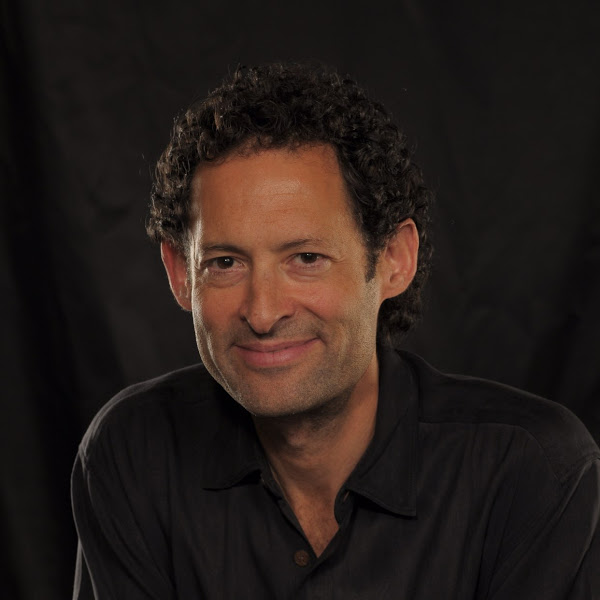
David H. Salesin
David Salesin leads the Capture, Creation & Interfaces team, whose mission is to Imagine and build the future of photography & videography, the creation of digital media, and the interfaces between humans & machines. David is also an Affiliate Professor in the Department of Computer Science & Engineering at the University of Washington, where he has been on the faculty since 1992. Prior to Google, he was Director of Research for Snap (2017-19), led the Creative Technologies Lab for Adobe Research as VP & Fellow (2005-17), and worked as a Senior Researcher at Microsoft Research (1999-2005). Earlier, he worked at Lucasfilm and Pixar, contributing computer animation to Academy Award-winning shorts and feature-length films (1983-87). He received his Sc.B. from Brown University in 1983, and his Ph.D. from Stanford University in 1991.
Authored Publications
Sort By
Google
3D Moments from Near Duplicate Photos
Qianqian Wang
Zhengqi Li
Conference on Computer Vision and Pattern Recognition (CVPR) (2022)
SLIDE: Single Image 3D Photography with Soft Layering and Depth-aware Inpainting
Varun Jampani*
Huiwen Chang*
Kyle Gregory Sargent
Abhishek Kar
Mike Krainin
Dominik Philemon Kaeser
Ce Liu
ICCV 2021 (2021)
Automatic Generation of Two-Level Hierarchical Tutorials from Instructional Makeup Videos
Anh Truong
Maneesh Agrawala
CHI 2021: ACM Conference on Human Factors in Computing Systems (2021)
Layered Neural Rendering for Retiming People in Video
Erika Lu
Weidi Xie
Andrew Zisserman
ACM Transactions on Graphics (Proc. SIGGRAPH Asia) (2020)
Monster Mash: A Single-View Approach to Casual 3D Modeling and Animation
Marek Dvoroznak
Olga Sorkine-Hornung
ACM Transactions on Graphics (TOG), ACM, New York, NY, USA (2020), pp. 1-12 (to appear)
